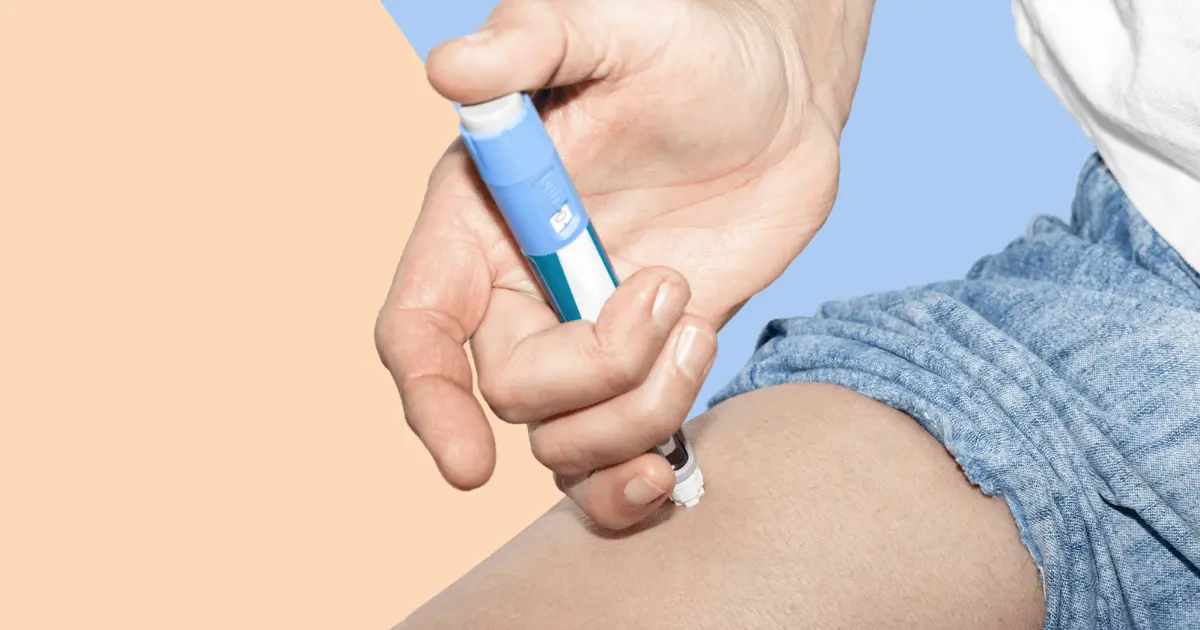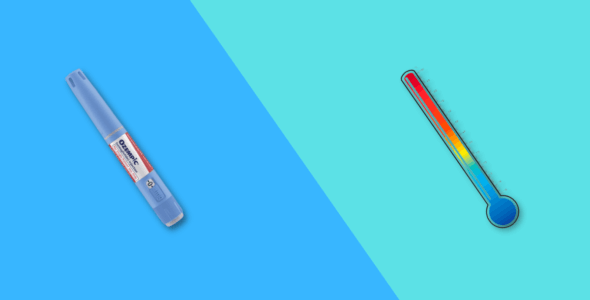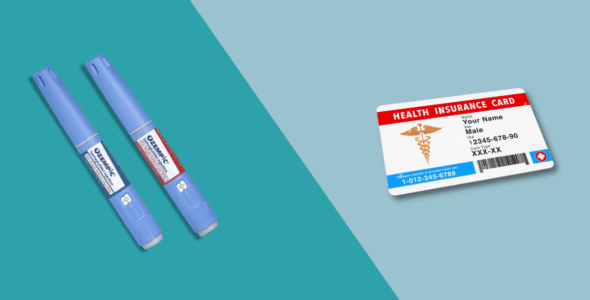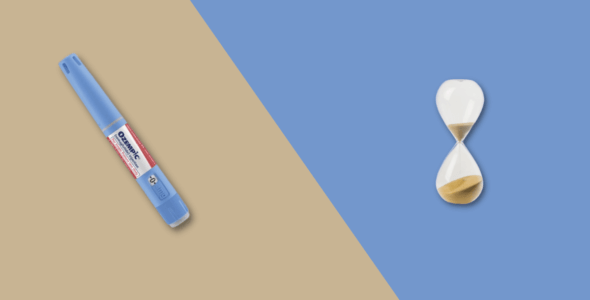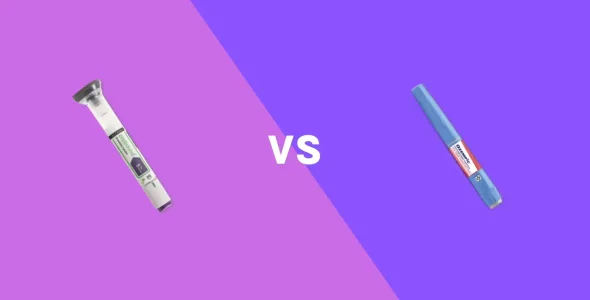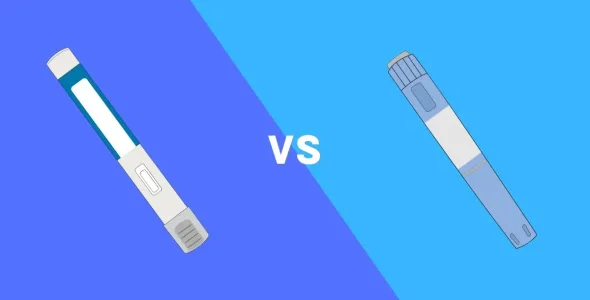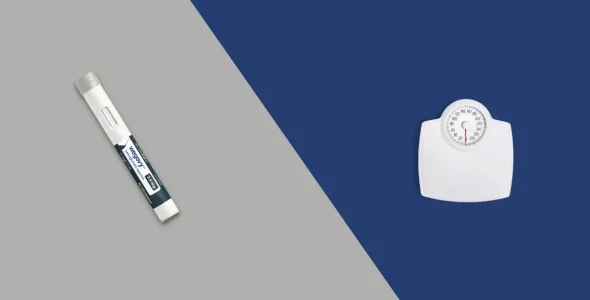Where and how to inject Ozempic: the best Ozempic injection sites for weight loss
Key highlights
- Ozempic (semaglutide) is a once-weekly injectable used by adults with type 2 diabetes along with diet and exercise to improve blood sugar levels that has been shown in studies to help with losing weight.
- Ozempic should be ideally taken on the same day each week, at any time of the day, with or without meals. You can consider taking it with an activity you enjoy each week to help you remember your dose.
- Ozempic can be injected under the skin of your stomach, thigh, or upper arm.
- It doesn’t make a difference which area of the body you choose to inject and you can stick to the same area or rotate each time. However, if you are injecting in the same location each week, you should change spots within the area each time.
- A healthcare provider should show you how to use Ozempic for the first time. It is important to follow the steps to ensure the correct dose is administered every time you inject on your own.
Ozempic (semaglutide) is a glucagon-like peptide 1 (GLP-1) receptor agonist used to lower blood sugar levels in patients with type 2 diabetes mellitus to control blood sugar levels in addition to diet and exercise. It is also approved for reducing the risk of cardiovascular events like heart attack, stroke, or death in adults with type 2 diabetes and known heart disease. It is also prescribed off-label for weight loss.
There are three areas on your body where you can inject Ozempic – under the skin on your stomach, thigh, or upper arm. Is there a difference? The answer is no, there isn’t a “best place” to inject Ozempic.
We’ll go over the essential information you should know about administering Ozempic.
Where to inject Ozempic
Ozempic is sold in pre-filled injection pens intended to be injected by patients once weekly. Ozempic is typically prescribed for type 2 diabetes, and for people with cardiovascular disease to reduce the risk of heart attack or stroke. Ozempic is also commonly prescribed off-label to treat overweight and obesity.
The three best Ozempic injection sites are your abdomen (stomach), thigh, and upper arm. If you like it less visible, inject Ozempic to the stomach or thigh, instead of the upper arm.
The manufacturer, Novo Nordisk, recommends using a different site with each weekly injection. You should rotate through all three injection sites every three weeks. Do not use the same site for each injection. If you choose to inject in the same area, always use a different spot in that area, at least 1 inch apart. This will help your body absorb the medicine well. Ozempic should be injected under the skin (subcutaneously) and should not be injected intravenously, intramuscularly, or in irritated areas of the skin.
If you are also injecting insulin, you can inject Ozempic in the same area of your body. Do not mix the two injections or inject them right next to each other.
Stomach
If you decide to inject on your abdomen or belly area, it should be below the ribs and above the hip bones at least 2 inches away from the belly button.
Pros: It is the most preferred site for injection because of its large surface area and accessibility. Due to its broad range of injection points, it can help prevent lumps in the skin caused by repeated injections.
Cons: The patient is prone to discomfort or sensitivity around the belly button area. Rotating the site of injection will decrease the risk of skin complications.
Thighs
If you decide to inject on your thigh, aim for the outer and upper sides of your thigh and avoid the inner thigh.
Pros: This area is less sensitive, also a convenient and easy-to-reach site for injection.
Cons: It may be a little difficult for those with larger thighs or mobility problems. The degree of muscle activity can affect the rate of absorption of drugs.
Upper arms
If you decide to inject on your upper arm, aim for the fatty and outer part, at least 3 inches below the shoulder and 3 inches above the elbow.
Pros: This is useful for individuals who rotate injection sites on a regular basis.
Cons: It is difficult for self-injecting patients and may require assistance from another person.
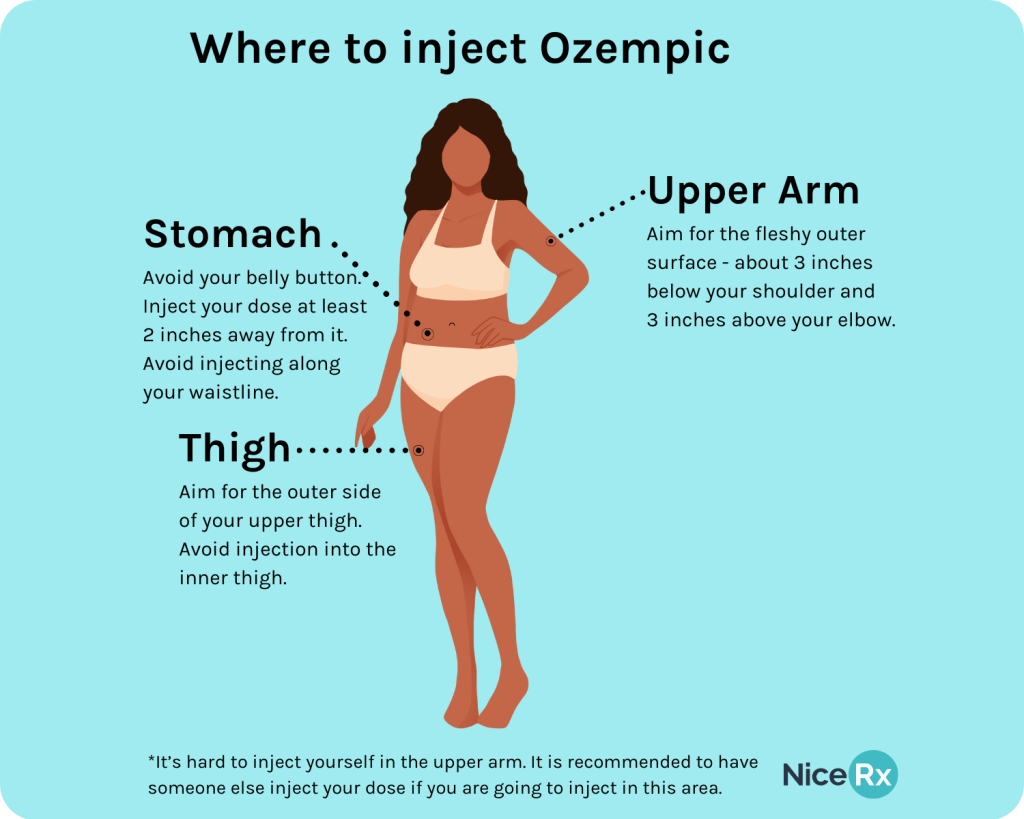
Where is the best place to inject Ozempic for weight loss?
The three best places to inject Ozempic for weight loss are the stomach, thighs, and upper arms. These are areas chosen due to its subcutaneous fat layer which is ideal for the absorption of the drug. It is also recommended to rotate between these different injection sites to allow it to recover and prevent skin reactions or irritations.
During clinical trials, it was found that similar exposure is achieved with subcutaneous administration of semaglutide in the abdomen, thigh, or upper arm. A small effect on the bioavailability which was 12% lower when using the thigh compared with the abdomen but this was not clinically relevant.
How to inject Ozempic
Ozempic is a self-injected pen. Make sure you know how to give yourself an injection before starting your treatment. Do not use the pen without proper training from a healthcare professional.
Step 1: Wash your hands
- Wash your hands with soap and water for at least 1 minute to prevent infection.
- Dry your hands with a clean paper towel.
Step 2: Check your pen and attach a new needle
- Look at the pen window and make sure your pen contains colorless and clear liquid with no particles.
- Attach a new needle and pull off both of the needle caps. The needle is covered by 2 caps and you must remove both caps to inject the medicine.
Step 3: Check the flow
- With each new Ozempic pen, turn the dose selector to select the flow check symbol.
- Press and hold the dose button until it shows 0.
- Repeat until a drop at the needle tip appears.
Step 4: Select your dose
- Turn the dose selector until the dose counter shows your dose (e.g. 0.25 mg, 0.5 mg, 1.0 mg).
Step 5: Clean the injection site
- Wipe the area using an alcohol swab and allow to dry before injecting your dose. Do not blow on that area to avoid contamination.
Step 6: Inject your dose
- Insert the needle into the skin. Press and hold down the dose button.
- After the dose counter reaches 0, hold for at least 6 seconds to make sure you receive the full dose.
Step 7: Remove the needle and store the pen
- Replace the outer needle.
- Carefully remove the needle and dispose in the sharps container. If you don’t have an FDA-cleared sharps container, you can use a plastic container such as an empty laundry detergent bottle.
- Put the pen cap back on and store the pen at room temperature, away from light.
Injection techniques to make sure you receive your full Ozempic dose
Here are some subcutaneous injection techniques when self-injecting Ozempic for optimal results:
- Inject into a fatty part of the body: The ideal places to inject include the stomach, thighs, and back of the arm.
- Choose healthy skin: Avoid areas that are hardened or with tender lumps. The injection site should have no redness, swelling, scarring, bruising, or inflammation.
- Always use a new needle: It minimizes the risk of contamination and blockage when reusing needles.
- Always make sure the dose counter reads “0” after holding down the dose button: If after clicking the button, you never see “0”, it may be because the needle is broken or obstructed.
- Avoid pulling out the needle too soon: Slowly count 6 seconds to keep the needle in your skin long enough to absorb your dose.
Ozempic injection site reactions
During the placebo-controlled trials, injection site reactions like injection site discomfort, rash, erythema, or redness were experienced by 0.2% of the participants. These reactions are rare and have been usually mild.
After removing the needle, some blood at the injection site may be observed. A cotton ball or gauze should be used to press on it.
Possible Ozempic side effects
The most common side effects associated with the use of Ozempic are nausea, abdominal pain, vomiting, diarrhea, and constipation.
Other potential side effects of using Ozempic include gallbladder disorders, gastrointestinal disorders or hypoglycemia. Seek medical attention immediately if you experience any of the following:
- Severe stomach pain that persists, with or without vomiting
- Changes in vision
- Dizziness
- Sweating
- Changes in mood
- Shakiness
- Confusion
- Slurred speech
- Tachycardia
Frequently asked questions
When should I take Ozempic?
Administer Ozempic on the same day each week, at any time, with or without meals.
Is it better to inject Ozempic in the morning or at night?
It does not matter if you take Ozempic in the morning or night. You might choose to inject your dose at a specific time to avoid a certain side effect. For example, you may try taking Ozempic at night if it makes you feel nauseous after your injection; or, you may want to inject it in the morning if the pain at the injection site is making it hard for you to sleep.
What should I do if I miss a dose?
When a dose of Ozempic is missed, it should be administered as soon as possible within 5 days after the missed dose. The missed dose should be skipped and the next dose should be given on the normally scheduled day if more than five days have elapsed. You should resume your regular once-weekly injection schedule.
Who cannot take Ozempic?
Ozempic is contraindicated in patients with:
- Personal or family history of medullary thyroid carcinoma, multiple endocrine neoplasia syndrome type 2, diabetic retinopathy.
- A serious allergic reaction to semaglutide including anaphylaxis and angioedema.
What should I be aware of when taking Ozempic?
- It is a prescription medication.
- It is not known if Ozempic can be used in people who have had pancreatitis. Discontinue use and call a healthcare provider right away if you have severe pain in the stomach area.
- It is not for use in people with type 1 diabetes.
- Ozempic pens should not be shared between patients even if the needle is changed.
- Increased risk of hypoglycemia when combined with other medicines causing low blood sugar such as sulfonylurea or insulin.
- Women who are planning to get pregnant should stop using Ozempic for at least 2 months of planned pregnancy.
- It is not known if Ozempic is safe and effective for use in children under 18 years of age, pregnant and lactating women.
How do I know when my Ozempic pen is empty?
Determine your pen if it’s empty by checking the dose counter. A reading of 0 means that all the medication has been used. You will hear a click sound instead of the usual feeling of pressure when delivering the medication. Also, the dose button will go in fully without any resistance, pointing to the pen being empty.
How do I store my Ozempic pen properly?
Prior to its use, Ozempic should be stored in the refrigerator between 2ºC to 8ºC. Do not freeze and do not use if frozen.
After first use, the pen can be stored for 56 days (expiration date) at controlled room temperature (15°C to 30°C) or in a refrigerator (2°C to 8°C). Do not freeze. Keep the pen cap on. Protect from excessive heat and sunlight.
The bottom line
- There are factors to consider in choosing a suitable part of your body for injecting Ozempic which include comfortability, convenience, accessibility, and rate of absorption.
- An appropriate dose of your semaglutide injection is guaranteed if you inject in a fatty part of the body, prime your new pen, attach a new needle every use, and slowly count to 6 to avoid early pull out of the needle.
- There is no “best” place to inject Ozempic. It is recommended to rotate between the three injection sites – under the skin of your stomach, thigh, or upper arm.
- Speak to your healthcare provider if you have any questions about how to inject Ozempic.
